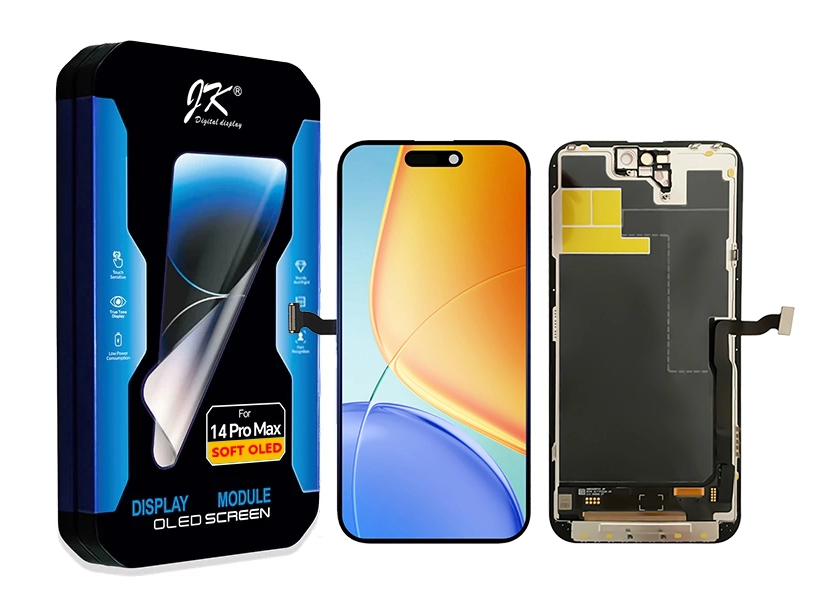When it comes to outdoor comfort, sunshades play a crucial role in protecting us from harmful UV rays while enhancing our outdoor experience. However, many people overlook a critical factor in their effectiveness: color. The color of your sunshade can significantly influence its performance, aesthetics, and even the temperature of the space it covers. In this article, we will delve into the science behind sunshade colors, exploring which hues are best suited for various applications and environments.
Understanding the Basics of Sunshade Functionality
Before we dive into color specifics, it’s essential to understand how sunshades work. Sunshades primarily serve two purposes: blocking sunlight and reducing heat. They achieve this through a combination of material properties and color. The effectiveness of a sunshade is influenced by its fabric, weave, and, importantly, its color.
The Science of Color and Heat Absorption
Colors absorb and reflect light differently, which directly impacts temperature regulation. Dark colors, such as black and navy blue, absorb more sunlight, leading to higher temperatures beneath the shade. Conversely, lighter colors, like white and beige, reflect sunlight, keeping the shaded area cooler.
Key Color Considerations:
- Dark Colors:
- Pros: Dark shades can create a cozy atmosphere and are often more aesthetically pleasing in certain settings. They can also absorb heat, which may be beneficial in cooler climates.
- Cons: In hot climates, dark colors can lead to increased temperatures underneath the sunshade, making outdoor spaces uncomfortable.
- Light Colors:
- Pros: Light-colored sunshades are excellent for reflecting sunlight and keeping areas cooler. They are particularly effective in hot, sunny climates where heat reduction is a priority.
- Cons: They may show dirt and stains more readily, requiring more frequent cleaning.
- Neutral Colors:
- Neutral shades like gray or taupe offer a balance between heat absorption and reflection. They can fit seamlessly into various design aesthetics while providing moderate temperature control.
The Impact of Material on Color Performance
While color is a significant factor, the material of the sunshade also plays a crucial role in its overall effectiveness. Fabrics with UV-resistant coatings can enhance the protective qualities of any color. For instance, a light-colored sunshade made from high-quality UV-resistant fabric will outperform a dark-colored one made from inferior material.
Practical Applications: Choosing the Right Color for Your Needs
- Residential Patios and Decks:
- For residential settings, consider the climate. In hotter regions, light-colored sunshades are ideal for maintaining a comfortable outdoor environment. In contrast, if you live in a cooler area, a darker shade may provide a cozy feel without excessive heat.
- Commercial Spaces:
- Businesses often prioritize aesthetics alongside functionality. Neutral or muted colors can create a professional appearance while still offering adequate heat protection. Additionally, consider branding colors to enhance visibility and recognition.
- Event Spaces:
- For outdoor events, the choice of sunshade color can influence guest comfort. Light colors are generally preferred for weddings or outdoor gatherings, as they create a bright, inviting atmosphere while keeping guests cool.
Environmental Considerations
As sustainability becomes increasingly important, consider eco-friendly materials and dyes when selecting your sunshade. Many manufacturers now offer products made from recycled materials or organic dyes, allowing you to make a choice that is both stylish and environmentally responsible.
Conclusion: Making an Informed Choice
Choosing the best color for your sunshade involves a careful consideration of your specific needs, climate, and aesthetic preferences. While light colors generally provide better heat reflection and comfort in sunny environments, darker shades can offer a stylish look and warmth in cooler climates. Ultimately, the best choice will depend on a combination of factors, including the intended use, location, and personal style.


